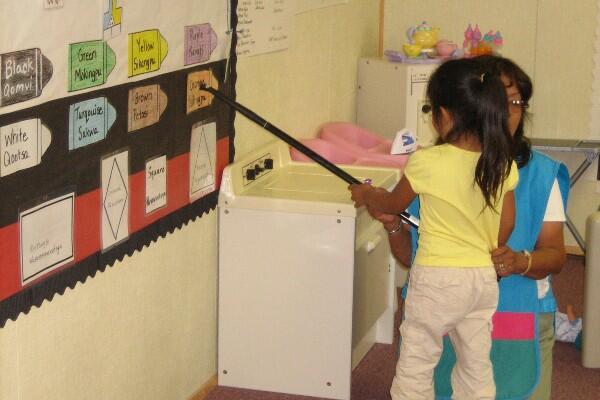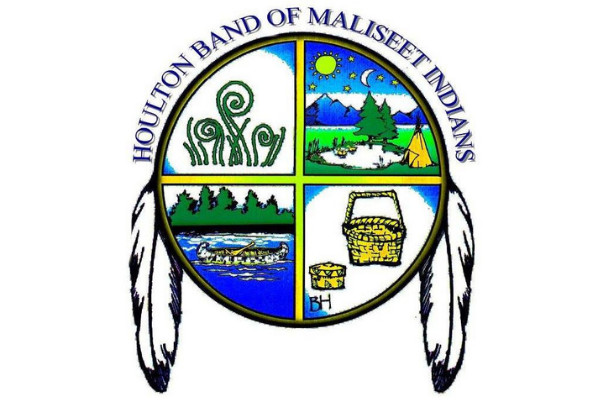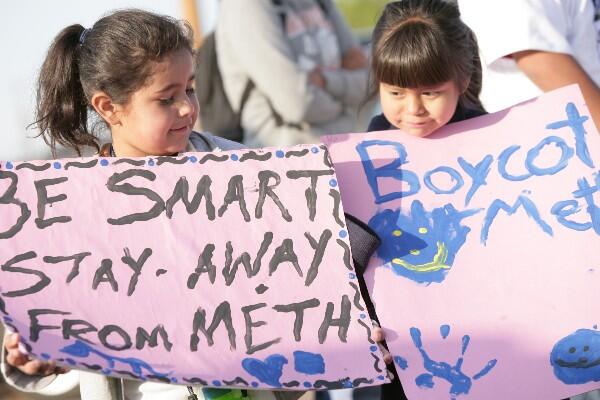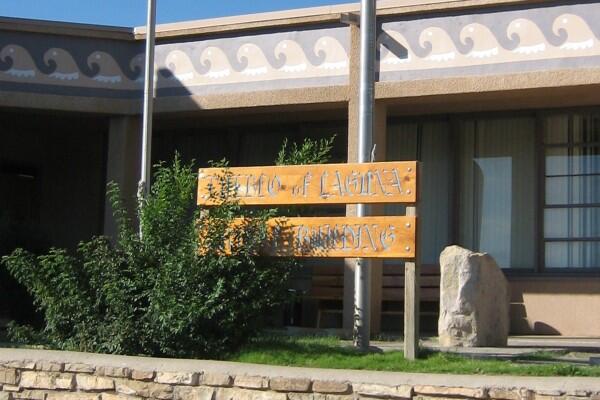2006.
Alternative Sentencing Program | Tulalip Tribes.
View Report (PDF)Abstract
 Born out of a need to create a judicial system that Tulalip citizens can trust and that also helps offenders to recover rather than just throwing them away, the Tulalip Tribal Court Alternative Sentencing Program supports the development of a safe, healthy, and law abiding community. Focusing on the mental, physical, and spiritual health of offenders, the Program melds indigenous and therapeutic jurisprudence, going beyond just placing offenders in jail. Beginning with the Tulalip Alternative Court and now backed by the entire Tulalip justice system, the nation's strategies for implementing Tulalip law now better reflect the sentiments of one of its traditional sayings, “To pull that canoe, you have to pull together.”
Born out of a need to create a judicial system that Tulalip citizens can trust and that also helps offenders to recover rather than just throwing them away, the Tulalip Tribal Court Alternative Sentencing Program supports the development of a safe, healthy, and law abiding community. Focusing on the mental, physical, and spiritual health of offenders, the Program melds indigenous and therapeutic jurisprudence, going beyond just placing offenders in jail. Beginning with the Tulalip Alternative Court and now backed by the entire Tulalip justice system, the nation's strategies for implementing Tulalip law now better reflect the sentiments of one of its traditional sayings, “To pull that canoe, you have to pull together.”
View Report (PDF)
Explore Interactive Exhibit
2006.
The Hopi Child Care Program | Hopi Tribe.
View Report (PDF)Abstract
 The Hopi Child Care Program facilitates parents' access to high quality child care when demands of work or educational pursuits require them to be away from home. Understanding the importance of early childhood development coupled with the need for culturally appropriate care, Hopi citizens now have the ability to better provide for their families. The Program gives parents the security of knowing their children are safe, while providing affordable and accessible channels to ensure their wellbeing. As the Hopi Tribe affirms, “Children are our greatest resource. How they are treated as young children impacts the future of the Hopi Tribe.”
The Hopi Child Care Program facilitates parents' access to high quality child care when demands of work or educational pursuits require them to be away from home. Understanding the importance of early childhood development coupled with the need for culturally appropriate care, Hopi citizens now have the ability to better provide for their families. The Program gives parents the security of knowing their children are safe, while providing affordable and accessible channels to ensure their wellbeing. As the Hopi Tribe affirms, “Children are our greatest resource. How they are treated as young children impacts the future of the Hopi Tribe.”
View Report (PDF)
2006.
Indian Child Welfare Services | Houlton Band of Maliseet Indians.
View Report (PDF)Abstract
 For years, the state of Maine lacked appropriate procedures for identifying Native children in child welfare cases. Contrary to the intent of the Indian Child Welfare Act, Maine also failed to recognize Native nations' sovereign rights in such cases. Seeking to assert the tribe's right to help determine its children's futures, the Houlton Band of Maliseet Indians formed a Department of Indian Child Welfare Services. In turn, the Department developed a strategy to gain the respect of state child welfare authorities and to establish collaborative working relationships. In 2002, the Band and State signed an MOA establishing their partnership. Today they both make appointments to a Child Protective Team that manages placements and services for Maliseet children. Through culturally and family appropriate solutions, the team's work has drastically reduced the number of children in out-of-home-care situations. Together, the Houlton Band's programs, policies, and intergovernmental collaboration support families, improve government-to-government relations and reclaim the tribe's future its children.
For years, the state of Maine lacked appropriate procedures for identifying Native children in child welfare cases. Contrary to the intent of the Indian Child Welfare Act, Maine also failed to recognize Native nations' sovereign rights in such cases. Seeking to assert the tribe's right to help determine its children's futures, the Houlton Band of Maliseet Indians formed a Department of Indian Child Welfare Services. In turn, the Department developed a strategy to gain the respect of state child welfare authorities and to establish collaborative working relationships. In 2002, the Band and State signed an MOA establishing their partnership. Today they both make appointments to a Child Protective Team that manages placements and services for Maliseet children. Through culturally and family appropriate solutions, the team's work has drastically reduced the number of children in out-of-home-care situations. Together, the Houlton Band's programs, policies, and intergovernmental collaboration support families, improve government-to-government relations and reclaim the tribe's future its children.
View Report (PDF)
2006.
Navajo Nation Methamphetamine Task Force | Navajo Nation.
See Full Report (PDF)Abstract
 Navajo community leaders describe the methamphetamine phenomenon as a tidal wave that is overwhelming the entire community. The Navajo Nation police force estimates that 60% of all crimes committed on the reservation are methamphetamine related. In 2006, national news focused on the Navajo Nation as three generations were arrested together for use, distribution, and manufacturing of methamphetamine. Taking a proactive stance on policy issues, options, and recommendations in the areas of prevention, treatment, and/or enforcement, the Methamphetamine Task Forces actively combat the tidal wave of destruction within their communities. Drawing upon education, community involvement, cultural philosophies, and collaborations to address the burgeoning crisis, the Task Forces incorporate participation from elders, youth, recovered addicts and current users, law enforcement, health officials, and policy makers to embrace ‘The Beauty Way of Life,’ to systematically fight what many view as the most dire crisis in recent history.
Navajo community leaders describe the methamphetamine phenomenon as a tidal wave that is overwhelming the entire community. The Navajo Nation police force estimates that 60% of all crimes committed on the reservation are methamphetamine related. In 2006, national news focused on the Navajo Nation as three generations were arrested together for use, distribution, and manufacturing of methamphetamine. Taking a proactive stance on policy issues, options, and recommendations in the areas of prevention, treatment, and/or enforcement, the Methamphetamine Task Forces actively combat the tidal wave of destruction within their communities. Drawing upon education, community involvement, cultural philosophies, and collaborations to address the burgeoning crisis, the Task Forces incorporate participation from elders, youth, recovered addicts and current users, law enforcement, health officials, and policy makers to embrace ‘The Beauty Way of Life,’ to systematically fight what many view as the most dire crisis in recent history.
View Report (PDF)
2006.
Task Force on Violence Against Women | National Coalition of Native Nations & Organizations Affiliated through the National Congress of American Indians.
See Full Report (PDF)Abstract
 Recognizing and acting upon the belief that safety for Native women is among their highest priorities, leadership from Native nations joined with Native and non-Native grassroots coalitions and organizations over 500 entities in total to create an ongoing national movement educating Congress on the need for enhancing the safety of Native women. Formalizing their affiliation through the National Congress of American Indians (NCAI), the coordinated efforts led to the 2005 re-authorization of the Violence Against Women Act (VAWA). The Act includes financial resources and protection for Native women, a first in the history of the VAWA. Now, tribal governments are better situated to combat the scourge of domestic violence present in Indian Country and mark a return to more traditional modes of honoring family and community.
Recognizing and acting upon the belief that safety for Native women is among their highest priorities, leadership from Native nations joined with Native and non-Native grassroots coalitions and organizations over 500 entities in total to create an ongoing national movement educating Congress on the need for enhancing the safety of Native women. Formalizing their affiliation through the National Congress of American Indians (NCAI), the coordinated efforts led to the 2005 re-authorization of the Violence Against Women Act (VAWA). The Act includes financial resources and protection for Native women, a first in the history of the VAWA. Now, tribal governments are better situated to combat the scourge of domestic violence present in Indian Country and mark a return to more traditional modes of honoring family and community.
View Report (PDF)